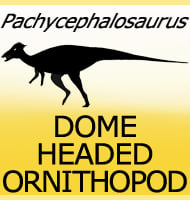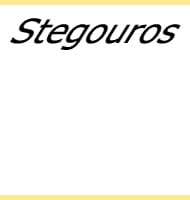In Depth
The holotype specimen of Altenglanerpeton was first found during the 1870s, and initially described as a specimen of the microsaur genus Microbrachis in 1939. The specimen was not renamed as a new genus until 2012 after some debate over whether the specimen was actually that of a microsaur.
In life Altenglanerpeton would have had a very slender body and greatly reduced limbs. This body type would have allowed Altenglanerpeton to swim by a lateral (side to side) undulation of the body while being able to navigate through weeds and submerged obstacles. The holotype specimen of Altenglanerpeton was recovered from a fossilised deposit of lake sediment, confirming that in life Altenglanerpeton probably spent much of its time in the water. Altenglanerpeton may be closely related to the genus Tambaroter.
Further Reading
- A new “microsaur” (Amphibia; Lepospondyli) from the Rotliegend of the Saar–Palatinate region (Carboniferous/Permian transition; West Germany) - S. Glienke - 2012.









